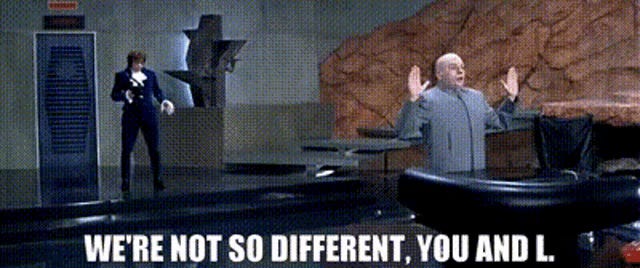Dear Network: Un-cringing LinkedIn
Solving the doom-scroll with intention
Everyone has done it. We all feel the same way, and most have contributed to it. LinkedIn has become cringe.
Don’t get me wrong, LinkedIn is made for self-promoting. But the cynic in me just absolutely despise how fake everything is.
The human equivalent of mostly unsubstantial posts is just yelling on a street corner to anyone who can pay attention for a fraction of a second—absolutely no impact.
Lulu Cheng Meservey’s blog, Flack, is a great communication strategy resource. She is one of the experts in PR for Tech Startups and Founders and has been part of this website (Substack), helping Anduril and, more recently, Activision.
More similar
We tend to think of companies as unrelated to how we should approach our lives. People, if aiming for a self-imposed success goal, have to create at least an attempt at a strategy.
C-Suites in big and small companies spend time and resources planning their strategy and how they will achieve their goals; why shouldn’t regular people do the same?
Lulu, gives several pieces of advice in her posts for Mission-driven Startups1 . Her main framework is based on Ends, Ways, and Means.2
How to make yourself different
So, let’s say you want to work on your brand to help your job search, explore other prospects, or increase your reputation. What would be a (non-endorsed) Flack approach to communicate about yourself?
1. Establish your goals
Determine what you want to get from exposing thoughts and ideas in public.
Are you looking to dive into a new industry and expand your network? Are you looking for a job?
Beware of vanity metrics: Likes in posts are not a goal. You cannot expand your network if the same people are the only ones reading your material
2. How can I achieve these goals?
The word strategy is sexy—tactics, not so much.
In the Rumelt3 Strategy Framework, the guiding policy is an integral part of the Strategy. In this step, you want to be as liquid as possible.
Go in the arena and try things. Maybe you want to work with Startups, and LinkedIn is not the best medium, but X (formerly Twitter) is. Hypothesize and test.
3. Figuring out resources
Am I willing to start publishing blog posts, long tweets, and threads to get a message of higher quality across to whoever I’m publishing to?
Writing requires thought, time spent, and a lot of blank space. It also means exposing yourself, or at least your name.
4. One last (extra) point
If, like me, you are tired of unauthentic posts on Social Media, let’s all be a bit more honest. Debating and disagreeing in good faith is healthy, and the best part is we can put our ideas to market and see if it’s working. If they do, we can dive deeper and risk more; if not, isn’t it great to pivot early?
In summary, we need to put some thought into what we are doing; my invitation is to think of how we can be helpful to others. You certainly have talents beyond just saying Hi to your network and showing off a minor, non-relevant change in your career just to put your name “out there.” Let’s add value to our posts, and maybe LinkedIn can become a nicer place to be in.
Can a non-mission-driven Start-up be successful? I tend to think not.
I recommend to see for yourself:
“Good Strategy, Bad Strategy”, Richard Rumelt (2011)




